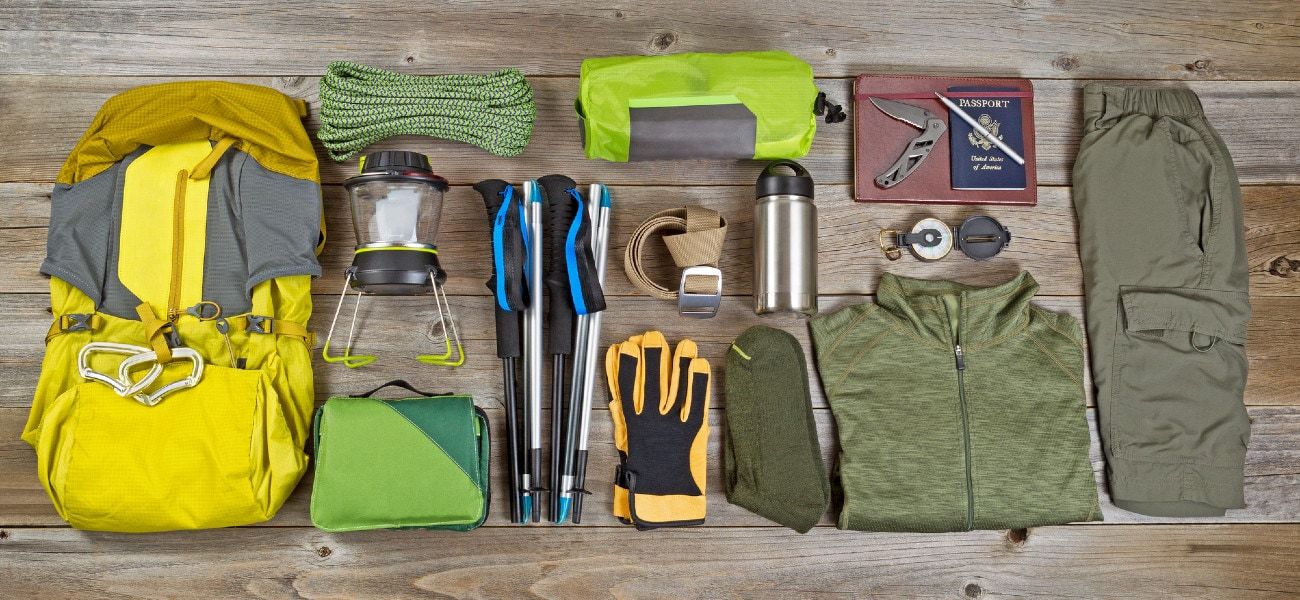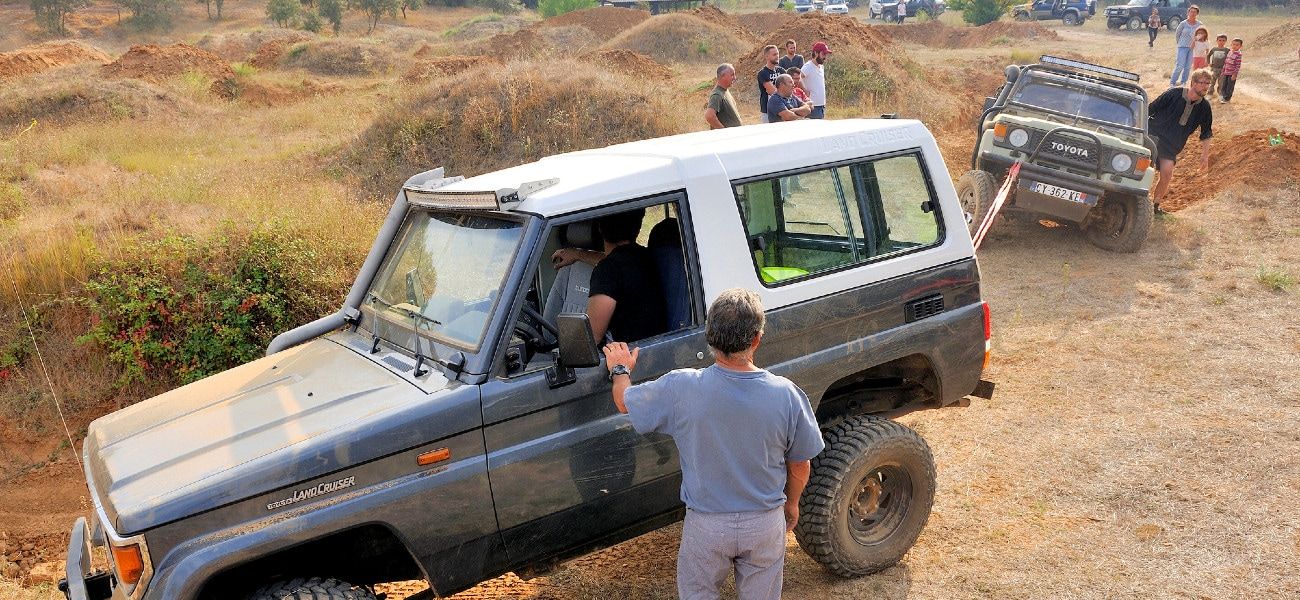Whether you are an avid trekker or looking to go for your first-day hike – making sure you have the right equipment to cover any eventuality will put your mind at ease and enable you to deal with anything that may happen on the trail.
Australia is a big wide land and there are plenty of examples where an afternoon stroll has turned bad with missing or injured people, sometimes being geographically embarrassed for days at a time before being rescued. This list will detail what you need to take with you, what you need to consider and what you need to know before heading out into the bush.
Knowledge
Before you even look at packing your gear to head out for a hike, there are some things that you should know or be aware of before you even head out. Knowing your physical limits in how far or how long you can hike is essential to ensure you don’t bite off more than you can chew and get yourself in trouble.
Navigation abilities - either reading maps, apps or a GPS will put you in good stead of not getting lost before you head out, likewise telling someone where and for how long you will be gone is essential. Checking the weather is another great idea before you head out, as is some basic survival knowledge if you are going to be heading right out and away from civilisation.
Some basic medical knowledge is also a good idea, especially how to treat snakebites and lower limb sprains and strains. While plenty of people go for a walk around town without this knowledge, the further and more remote you go, the better off you will be for it.
Equipment Carrier / Hiking Backpack
The first consideration for hiking equipment, is what you are going to use to carry it all? The answer usually comes as a backpack, day bag or a vehicle, if you are only camping and not hiking. For those who love to walk, a decent backpack that is comfortable, accessible and can carry everything you need is essential.
The size and style of the backpack will vary depending on the length of your trek, but for a good guide: 30-50L backpacks are designed for a day or overnight hike; a 50-80L backpack is designed for multi night hiking and a 70L or larger is designed for an expedition or a long journey.
For a more in depth look at hiking backpacks, their features, some popular styles and a backpack buying guide, be sure to check out this list of the best hiking backpacks in Australia.
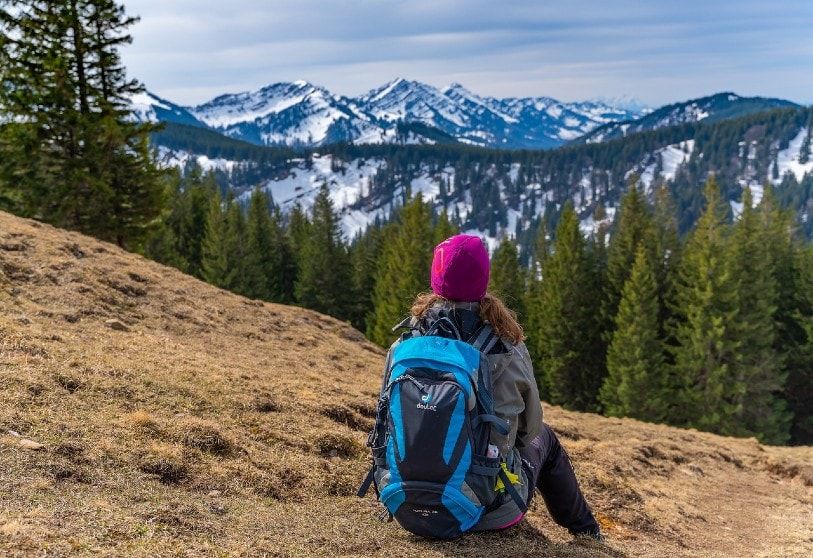
Navigation
While many trails that start in a town or city are often well marked with signs and arrows, especially if it’s a well-trodden path, many do not and having the ability to navigate a trail can be seen as pretty important. If you are headed out into national parks or state forest – navigation can become confusing, especially if it’s a new area.
Having a map and compass (with the ability to read the map and use the compass) is the old school way we used to navigate and these are both still very useful if you have them, however today we have more options at our disposal. Newer tech options are allowing us to go further and know exactly where we are almost the whole time we are gone.
Hand held or mobile Global Positioning System (GPS) allows us to see where we are now in real-time. Personal Locator Beacons (PLB) can let other people know where we are (or are not) and can ask for assistance or emergency help. Satellite messengers are like a PLB, but allow you to chat with people anywhere and can allow easy communication back home.

Light
We should always carry something with us that will make it easier for us to see at night, usually in the form of a torch or a headlamp. For any overnight camp, having the ability to see will make your life so much easier than rummaging around in the dark every time you need something.
Even if you are planning on a day hike – plenty of people end up coming home in the dark, as everything took longer than expected. A torch can also be used for emergency signalling too, making this item essential for any trip.
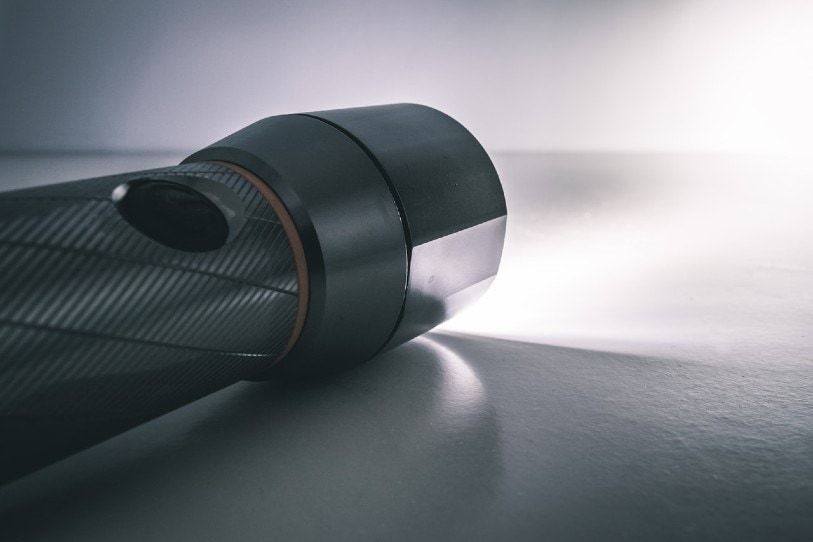
Sun Protection
Everyone should be wary of too much sun exposure whilst out walking, especially here in Australia and as such, sun protection is a must. Sunglasses are a great idea, as is a decent trekking or hiking hat, along with sunscreen and any sun protecting clothes you may want to wear, depending on your expected level of exposure.
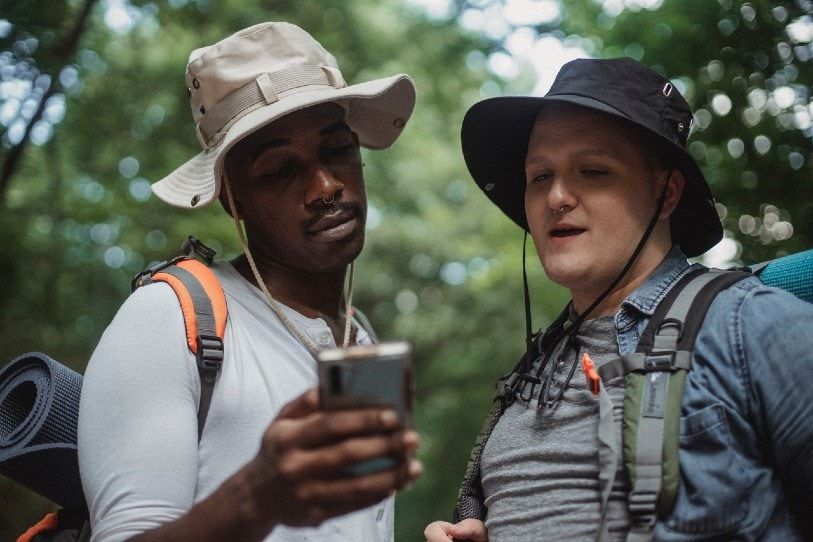
Medical
Some form of medical supplies, including insect repellent, should always be taken. For a short afternoon stroll, having a small first aid kit is not a bad idea, just in case. If you are on an overnight or multi night trek then a decent and comprehensive first aid kit is a must.
There is a range of options with first aid kits, ranging from simple and cheap to much larger and comprehensive. Almost all come with basic instructions on how to use them and for a more detailed breakdown of how they differ, check out this list of the best first aid kits in Australia.
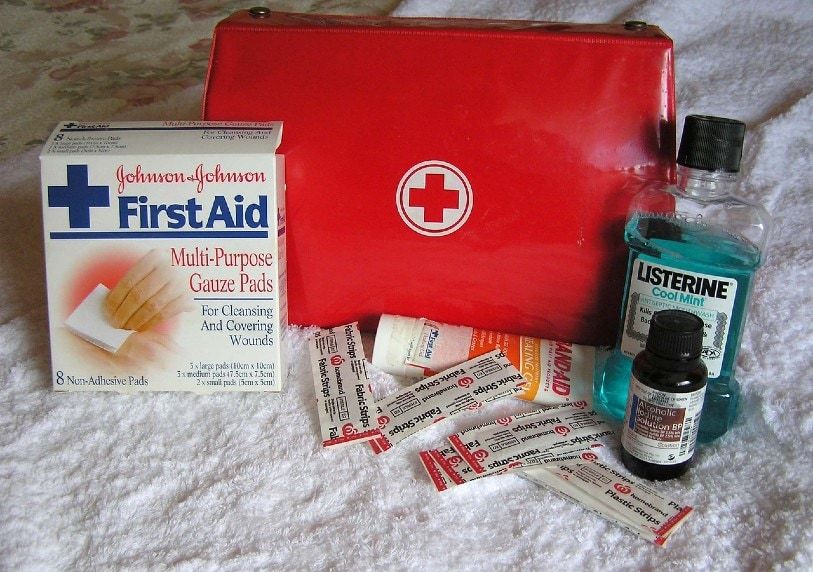
Fire
An absolute survival essential, from cooking to heating and even signalling – having the ability to make fire when you need it can’t be stressed enough. Yes in Australia we have fire dangers for much of the year, but if you are in an emergency it can save your life, so it’s something you need.
Lighters and matches are the smallest and easiest things to carry for an emergency, however, many people also carry a stove that may have its own ignition or survival kits that will have waterproof matches or flint for making sparks.

Knife
Probably the most essential item on this list is a good knife. If you know-how, you can make almost anything with a decent blade: shelter, fire, food, water, signalling can all be achieved quickly.
A day or overnight hiker doesn’t need a large machete or anything, but a small pocket knife, a Swiss army knife or a small multi-tool are always worth packing into your backpack or keeping one in a pocket for easy access.

Shelter
Many people won't even think of taking a tent with them for a day hike and honestly, it is a little overkill. If you are out overnight or on a multi-day adventure then this should be something you are already considering as you will want somewhere comfortable to sleep.
Many people do carry around a small plastic bivvy that folds down small and can be used as a quick and simple shelter in the bottom of their hiking backpack just in case, or a waterproof jacket at the very least. While not essential on a day hike, if you are going somewhere remote or extreme, it’s still a good idea to at least consider it.
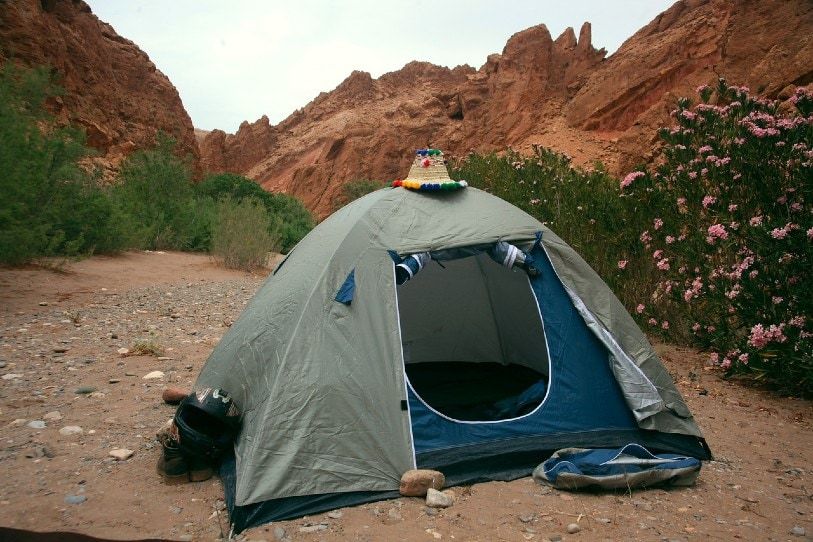
Extra Extra Extra
Lastly, there are the extras – water, food and clothes. It is always a very good idea to take more water (or the ability to filter water and knowledge of places do to so) on your hike. Water is so essential and we function so much better when hydrated that we want to make sure we never run out of it.
For day hikes, taking some food is also a good idea as we often burn far more calories than we expect, especially if we are in hilly terrain - our bodies will crave fuel. For longer treks, it’s always a good idea to take extra food with you just in case.
Extra clothes are something many people don’t want to carry, but many places in Australia can get very hot during the day making you sweat and then get quite cold at night. For a day trip, it is not overly important, but for a longer trek, having spare clean or dry clothes can lift morale considerably.
Conclusion
The length of your hike or trek will often determine the amount of equipment you will carry, but any walk or hike that heads out into the bush, even a small one should have you thinking about what it is you really should have with you and a checklist is a great idea to look at before heading off. Here is an example one:
- Knowledge, what do I need to know about the area I am headed into to? Weather, wildlife, terrain?
- Backpack, what size do I need for my trek?
- Navigation, do I need a map, GPS or a PLB?
- Light, make sure you pack a headlamp at least
- Sun protection – slip slop slap!
- Medical, what sized first aid kit do I need?
- Fire, make sure you bring a lighter or some matches
- Knife, always bring a knife
- Shelter, do I bring a jacket, bivvy or a tent?
- Extra, water food and clothes, how much is enough?
This article may contain affiliate links. I will earn a commission if you choose to purchase a product or service after clicking on my link. This helps pay for the cost of running the website. You will not be disadvantaged in any way by using my links.
Note that while every effort is made to ensure the accuracy of the information on this page, there may sometimes be errors. Check all specifications with the manufacturer before purchasing any product.

